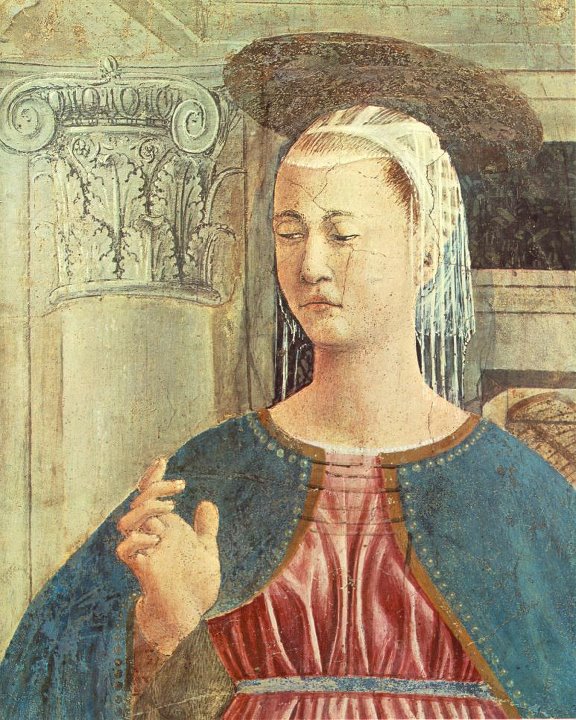Giorgio Vasari - Lives of the Most Excellent Painters, Sculptors, and Architects (1568)
Piero della Francesca (1422-1492)
Truly unhappy are those who, laboring at their studies in order to benefit others and to make their own name famous, are hindered by infirmity and sometimes by death from carrying to perfection the works that they have begun.
And it happens very often that, leaving them all but finished or in a fair way to completion, they are falsely claimed by the presumption of those who seek to conceal their asses’ skin under the honorable spoils of the lion.
And although time, who is called the father of truth, sooner or later makes manifest the real state of things, it is none the less true that for a certain space of time the true craftsman is robbed of the honor that is due to his labors; as hap happened to Piero della Francesca of Borgo a San Sepolcro.





.jpg)

.jpg)
